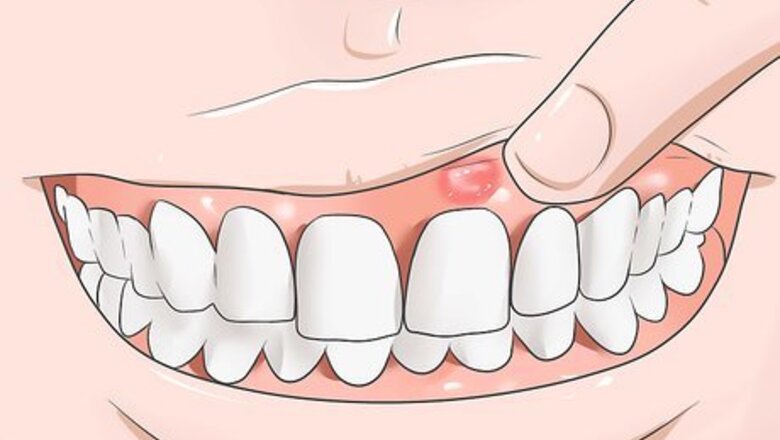
views
Relieving Swollen Gums
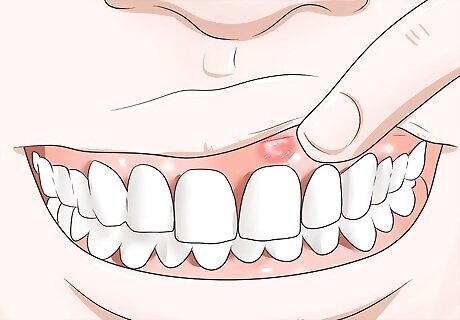
Identify the cause of your swollen gums. Gums can become swollen for a variety of reasons, though in many cases the condition can be a sign of gum disease. It is important that you identify the cause of the swelling, so that you can pursue the correct course of action — either caring for your gums at home, or making an appointment to see a dentist. Some common causes include: Incorrect brushing or flossing techniques. In many cases, swollen gums are the result of poor oral hygiene, where plaque is allowed to build up between the teeth and at the gum line. To overcome this, you will need to start brushing teeth thoroughly and flossing regularly to remove excess plaque. In addition, many people who do floss between their teeth do it too roughly, which can also cause swelling. Gingivitis and periodontitis. If good oral hygiene is not maintained, gum diseases such as gingivitis and periodontitis can easily develop. Gingivitis is the less severe form, and can be reversed if caught early. Periodontitis, on the other hand, is more serious and can lead to tooth loss. If gums look red, shiny and swollen, then you have gingivitis. The next stage is gum recession and bone loss, which defines periodontitis. If you suspect you might have either of these gum diseases, you should consult a dentist. Mouth ulcers. Mouth ulcers which form on the gums can lead to pain and swelling. You can usually identify mouth ulcers, also known as canker sores, by their appearance; they will have a whitish center and red edges. Multiple mouth ulcers can appear at once, but they are usually treatable and non-contagious. Chemotherapy. One of the many unfortunate side effects of chemotherapy is painful, swollen and bleeding gums. It can also cause the growth of painful ulcers and sores on the gums due to a weakened immune system. Although these symptoms can be relieved, they will not stop while chemotherapy treatment continues. Tobacco. Smoking cigarettes and using other tobacco products commonly contributes to painful, swollen gums. In fact, people who use tobacco products are far more likely to develop gum disease than non-tobacco users. As a result, the first step in relieving swollen gums is quitting smoking. Hormones. Swollen gums may be the result of an upsurge in the release of hormones which increase blood flow to the gums. These hormones include those which are produced during puberty, menstruation, pregnancy and menopause. Certain birth control pill may also release these hormones.
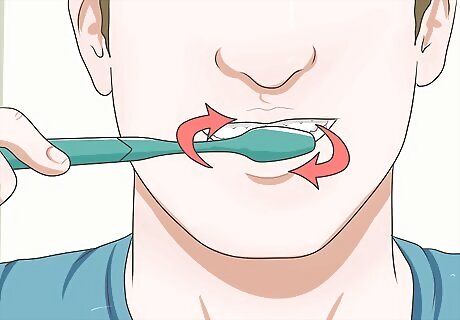
Gently brush using swirling, circular motions, but avoid sideways action. Make sure you brush the top chewing surfaces, fronts and backs of teeth (next to the tongue) — mostly up the bottom teeth and down top ones. As mentioned above, swollen gums can often be the result of built-up plaque on the teeth. The best-case scenario is to remove plaque and avoid gum disease, as you easily rectify the problem with gentle, yet thorough brushing and flossing. You should aim to brush your teeth at least twice a day, morning and evening, and following meals, if possible. Use a soft nylon-bristle toothbrush. This will effectively clean teeth without causing further irritation. Avoid toothbrushes with medium or hard bristles, as these can cause gums to swell further and can even erode and scratch tooth enamel. No, brushing harder does not mean brushing better. Gums are made of delicate tissue, so brushing too hard will do them more harm than good. Avoid brushing in a vigorous back-and-forth motion which does not follow the grooves between teeth. A bad brushing technique that uses increased force is as dangerous as not brushing at all. Many patients develop root exposure and increased sensitivity after brushing too hard. Choose a gum-protecting toothpaste which is designed to help prevent gingivitis. Most major toothpaste brands produce a gingivitis-fighting version.
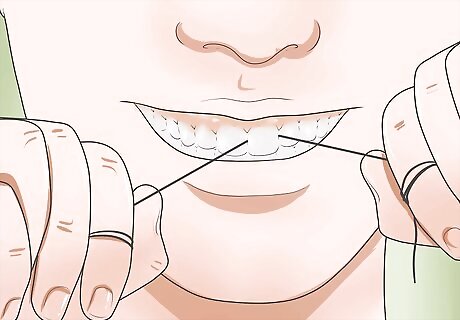
Floss between your teeth once a day. Flossing daily removes the plaque a toothbrush cannot reach, but avoid flossing more than this, as it may irritate gums further. Flossing is neglected by many people, but even those who do floss may be aggravating their swollen gums by doing it too roughly. Avoid "snapping" the floss in between your teeth, as this can damage fragile gum tissue. Instead try to slide the floss carefully between teeth, following the curve of each tooth as you go.
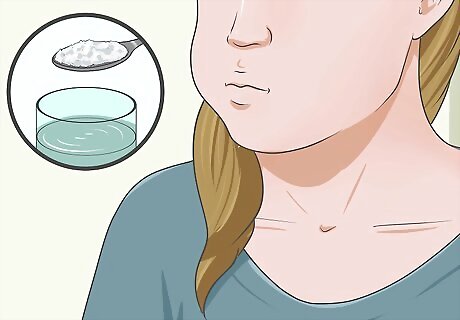
Rinse out your mouth with a saltwater solution. Gargling a saltwater solution is the oldest trick in the book when it comes to minimizing swelling and pain, but it is still one of the most effective. The salt works as an antibacterial agent, ridding the mouth of contaminants and soothing inflamed gums. Gargle and swish: Make your own saltwater solution, dissolving a teaspoon of regular table salt in a cup of warm water. Swish it all around the mouth, between teeth; so that it reaches the gums. Do not swallow the salty water — use it as a mouthwash. The saltwater solution can also be gargled to ease a sore throat, and used to clean new piercings and disinfect wounds. You may have luck gargling with hot water, as well. Just be careful not to burn your mouth.
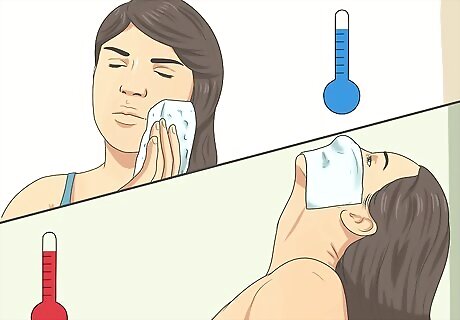
Use warm and cold compresses. Warm and cold compresses can be used to provide easy and immediate relief to sore and swollen gums. Warm compresses are best for relieving pain, while cold compresses will effectively reduce swelling. Hold the compresses against your face rather than against the gums themselves, as this is less awkward and prevents the gums from becoming further irritated by sudden changes in temperature. To make a hot compress: Soak a clean washcloth in warm (not hot) water, wring out the excess moisture, then hold it against your face until the pain begins to subside. To make a cold compress: Wrap a couple of ice cubes in a small, clean cloth or a paper towel. Alternatively, you can use a bag of frozen vegetables (like frozen peas) or a special cold pack that has been stored in the freezer. Hold the compress against your face for no more than 15 minutes.
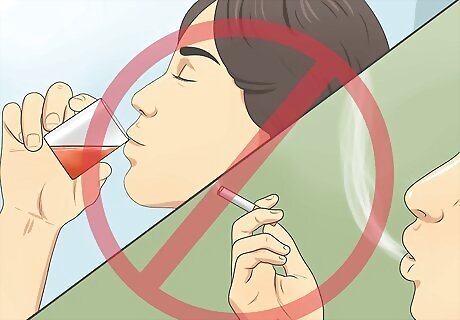
Avoid gum irritants. While your gums are sore and swollen, it is important that you avoid any substances that are going to exacerbate the swelling, such as tobacco products and alcohol. In addition, harsh mouthwashes — which you may be using to disinfect your mouth — can actually aggravate swollen gums, so you should also try taking a break from them for a while. Always dilute the mouthwash, adding half a cup of water to half a cup of mouthwash. You can use it two weeks in a row and then take a break for a week before you repeat the treatment.

Drink plenty of water. Drinking lots of water will help to flush food residue and bacteria from your mouth, limiting the development of more plaque. In addition, drinking water will stimulate the production of saliva, which naturally helps to kill bacteria.
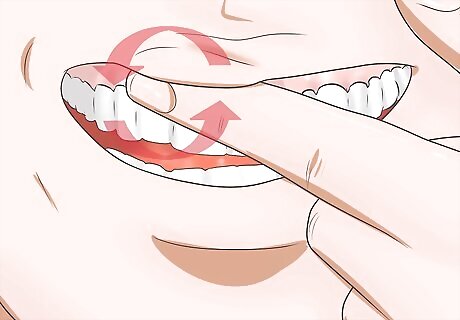
Try gently massaging your gums. A gentle gum massage can help to ease pain and reduce inflammation by increasing blood circulation in the gums. Use a gentle, circular motion to massage the the swollen gums for about one minute. Remember to wash your hands before doing this and ensure that your fingernails are clean and clipped short. This will help to prevent the spread of bacteria. Try buying a gum stimulator if you find it difficult to use your fingers.
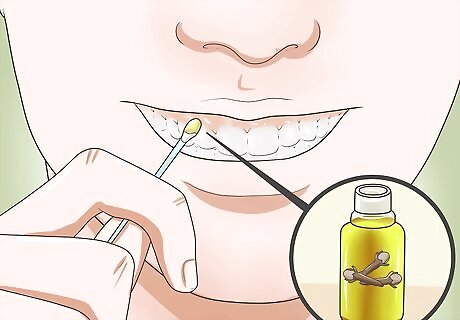
Apply some clove oil. Clove oil is one natural treatment for swollen gums that has been proven effective in decreasing pain and reducing inflammation. Simply apply a little clove oil directly to the swollen gums three times a day using a q-tip. Alternatively, you can place a few drops of the clove oil into a cup of water and swish it around your mouth. Clove oil can be found in most drug stores and health food stores.
Preventing Swollen Gums
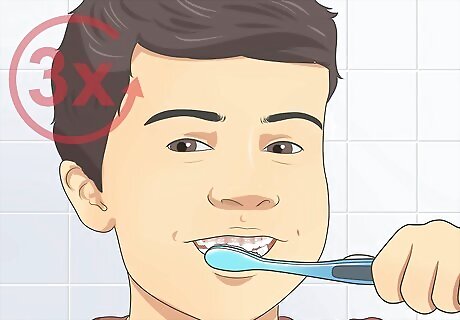
Brush your teeth two to three times per day. Brushing your teeth removes plaque from your mouth, which helps fight against gum disease and tooth decay. In fact, nearly all oral health problems can be prevented with consistent and thorough dental hygiene. You should brush your teeth at least once in the morning and once in the evening, and after meals if possible. If you are unsure about the correct brushing technique, you should ask your dentist for a quick lesson during your next check-up, they will be happy to oblige.
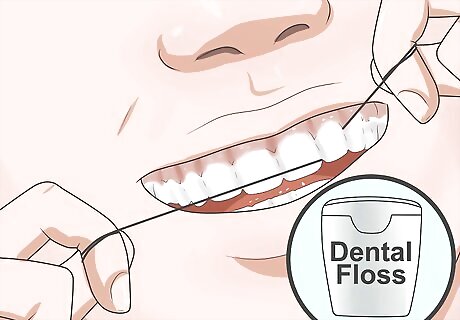
Remember to floss daily. Flossing removes the built-up plaque and bacteria from the crevices between teeth, and removing this build-up may prevent your gums from swelling in the first place. Floss gently, to avoid irritating delicate gum tissue. Always use a clean section of floss when you switch teeth, to prevent spreading bacteria from one part of the mouth to another. If you find dental floss awkward to use, look for a packet of dental picks at the drugstore — these are small wooden or plastic sticks which can be inserted between the teeth to achieve the same effects as flossing.
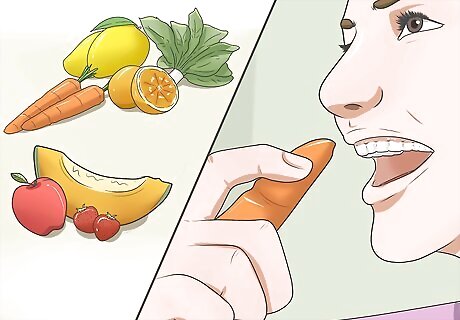
Ensure that your diet is varied and rich in vitamin C, calcium and folic acid. Poor nutrition can lead to gum inflammation (among other issues). In particular, it is important that you get enough vitamin C, calcium and folic acid in your diet. This is due to the fact that vitamin C and folic acid actively contribute to healthy gums and prevent gingivitis, while it has been proven that people who are deficient in calcium are much more likely to develop gum diseases. Take a daily multi-vitamin, and eat plenty of fresh fruit and vegetables. The top food sources of vitamin C include papaya, bell peppers, strawberries, broccoli, pineapple, Brussels sprouts, kiwifruits, oranges, cantaloupe and kale. The best sources of calcium include dairy products such as milk, cheese and yogurt, along with sardines, tofu, salmon, soy milk, cereals and collard greens. Foods with high levels of Folic acid include dark, leafy greens, broccoli, asparagus, peas, beans, lentils, celery, avocado and citrus fruits.
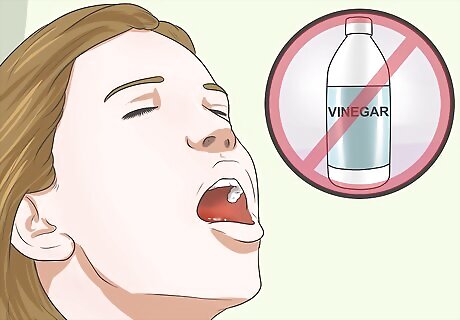
Never gargle with vinegar or lemon juice. As acids, vinegar and lemon juice can erode the enamel, which is essential to protect teeth. Rinse your mouth with water.

Get enough sleep and avoid stress. Exhaustion may lead to puffiness across your face and in your gums, so try to get seven to nine hours of sleep each night. You should also avoid stress as much as possible, as stress causes the body to release a chemical known as cortisol, which has been linked with inflammation of the gums and other parts of the body. You can reduce stress by exercising regularly. Exercise releases happy hormones which are guaranteed to put you in a good mood. In addition, exercise will tire you out, helping you to get a better sleep at night. It's win-win! You can also reduce stress and promote relaxation by taking some personal time each day to go for a walk, read a book, or take a bath. You should also avoid over-stimulating yourself before bed, so turn off the television and computer at least an hour before bed.
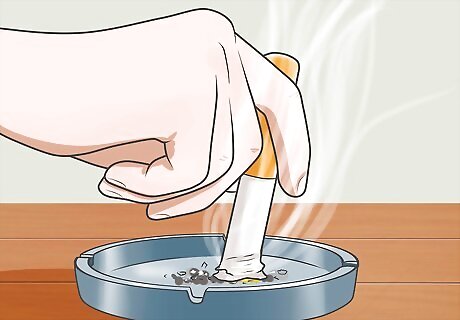
Eliminate tobacco. As mentioned before, tobacco can be very irritating on gums and people who smoke or use other tobacco products are at increased risk of developing gum disease. If possible, you should try to quit smoking, or at the very least cut back on your tobacco use.
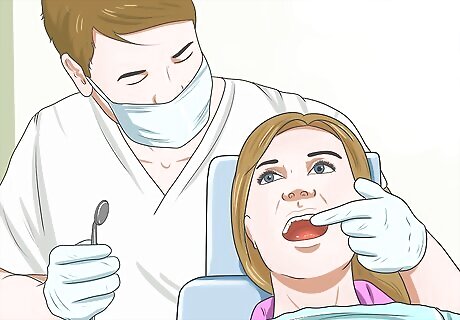
Visit your dentist for a teeth cleaning and examination. Swollen gums are often the manifestation of a more severe dental problem like periodontitis caused by plaque, germs and tooth decay, so if your gums are consistently swollen, you should make an appointment with the dentist. Your dentist will be able to tell exactly what's going on in your mouth and recommend the appropriate treatment. Even if your teeth and gums seem completely healthy, it is good practice to make an appointment with your dentist or dental hygienist at least once a year.



















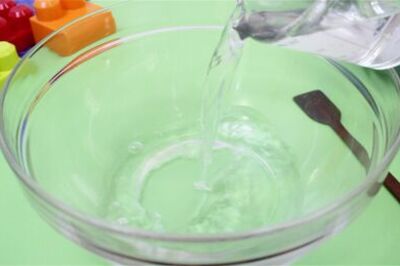
Comments
0 comment